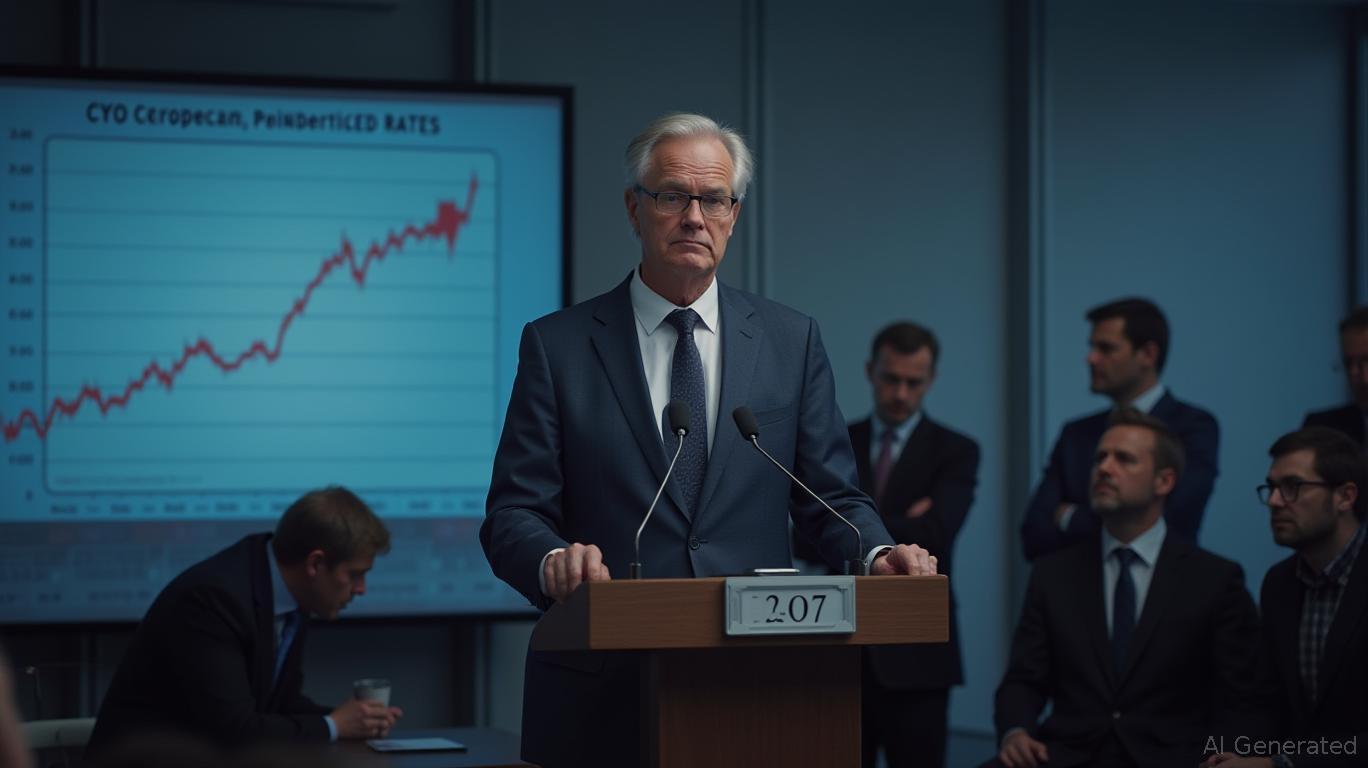ECB Cuts Key Rate 25 Basis Points Amid Trade Tensions
The European Central Bank (ECB) has reduced its key interest rate by 25 basis points, bringing the deposit facility rate down to 2.25%. This marks the seventh consecutive rate cut in the past year, a move aimed at bolstering an economy already grappling with weak growth and heightened uncertainty due to global trade tensions. The decision was widely anticipated, with market participants pricing in a near-certainty of the rate cut ahead of the announcement.
The ECB's decision comes amidst growing concerns over the impact of U.S. tariffs and retaliatory measures on the eurozone economy. In its official statement, the ecb acknowledged that the outlook for growth has deteriorated due to rising trade tensions, which are likely to erode confidence among households and businesses. The central bank also highlighted that market volatility and financing conditions are adding further pressure on the economy.
The ECB's Governing Council did not provide a specific timeline for future rate cuts, but analysts are closely monitoring the situation, with trade tensions being the primary factor influencing their decisions. Despite some tariffs being put on hold or softened, the ECB remains cautious about the potential long-term effects on business and consumer behavior.
Investors are now turning their attention to the ECB president's post-decision press conference, where they hope to gain more insights into the central bank's perception of the neutral rate—the level at which interest rates neither stimulate nor slow down the economy. Markets are keen to see if the ECB might consider lowering rates below this neutral point in the coming months.
The ECB also noted that while the euro area economy has shown some resilience to external shocks, new trade disputes are undermining confidence and raising concerns about longer-term damage. The central bank warned that current market conditions could make borrowing more expensive, potentially leading to a slowdown in spending by both consumers and businesses.
The euro weakened slightly against the U.S. dollar following the rate cut announcement, dropping about 0.3% at around 12:33 p.m. London time. This reaction contrasts with the initial impact of U.S. tariffs, which briefly strengthened the euro while weakening the dollar. The current market sentiment reflects a wait-and-see approach as investors anticipate the ECB's next moves in response to ongoing economic uncertainties.
Meanwhile, the U.S. President has urged the Federal Reserve to lower interest rates, following the ECB's move. The latest data shows an 86.3% probability of maintaining interest rates in May, a 13.7% probability of a 25 bps rate cut, a 38.2% probability of maintaining interest rates in June, a 54.1% cumulative probability of a 25 bps rate cut, and a 7.6% cumulative probability of a 50 bps rate cut. Overall, loose monetary policy and the grim global trade situation have become the two main factors supporting the recent rise in gold prices.


_b905d9341749265671656.jpg)








